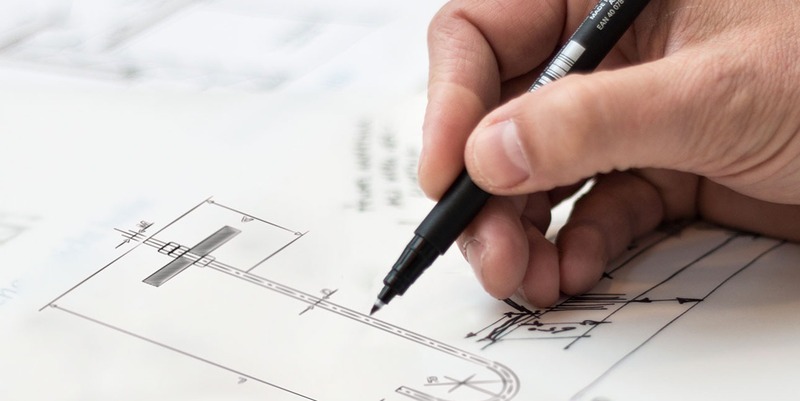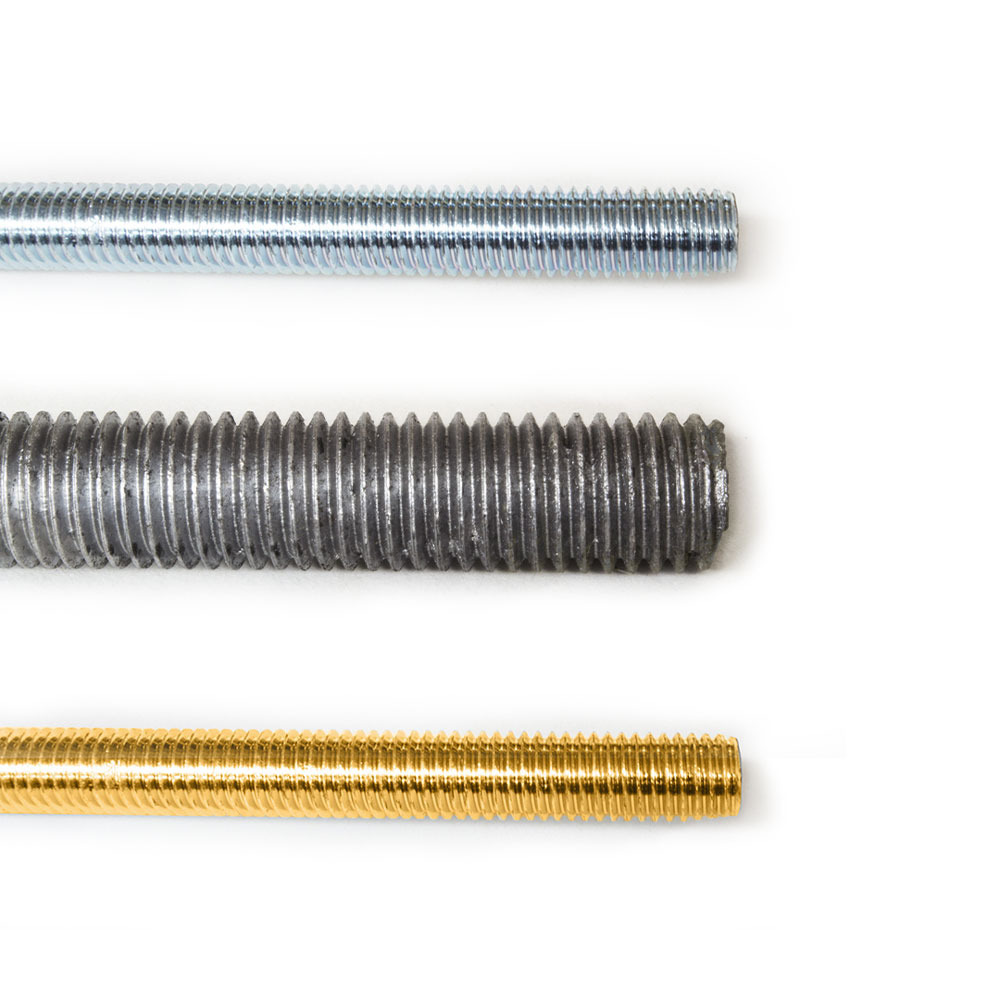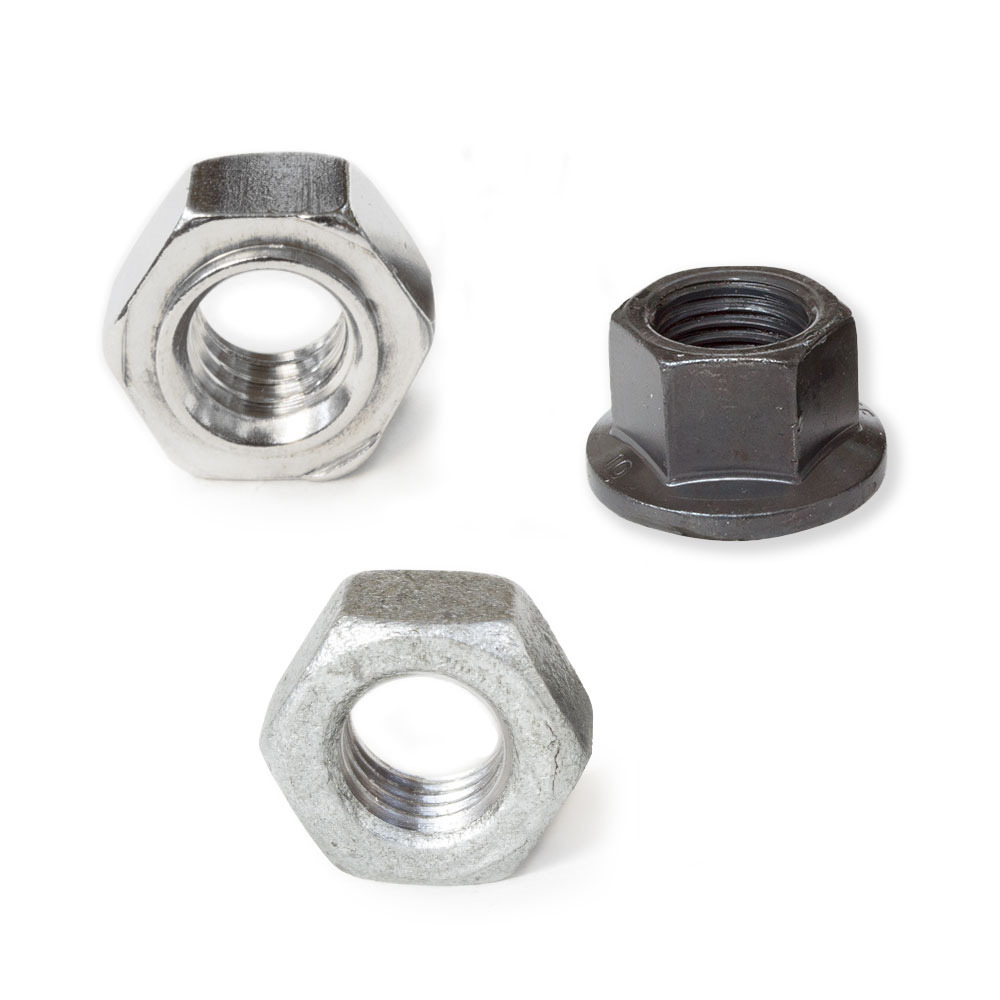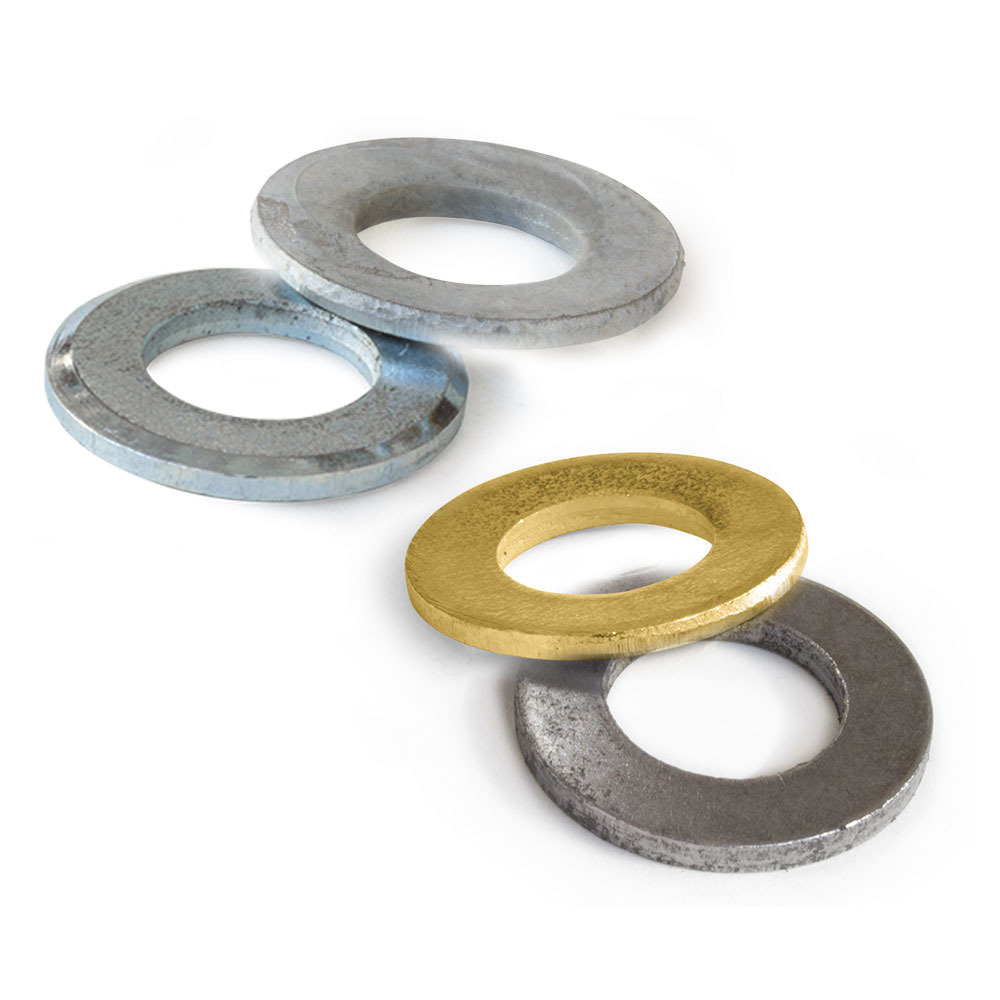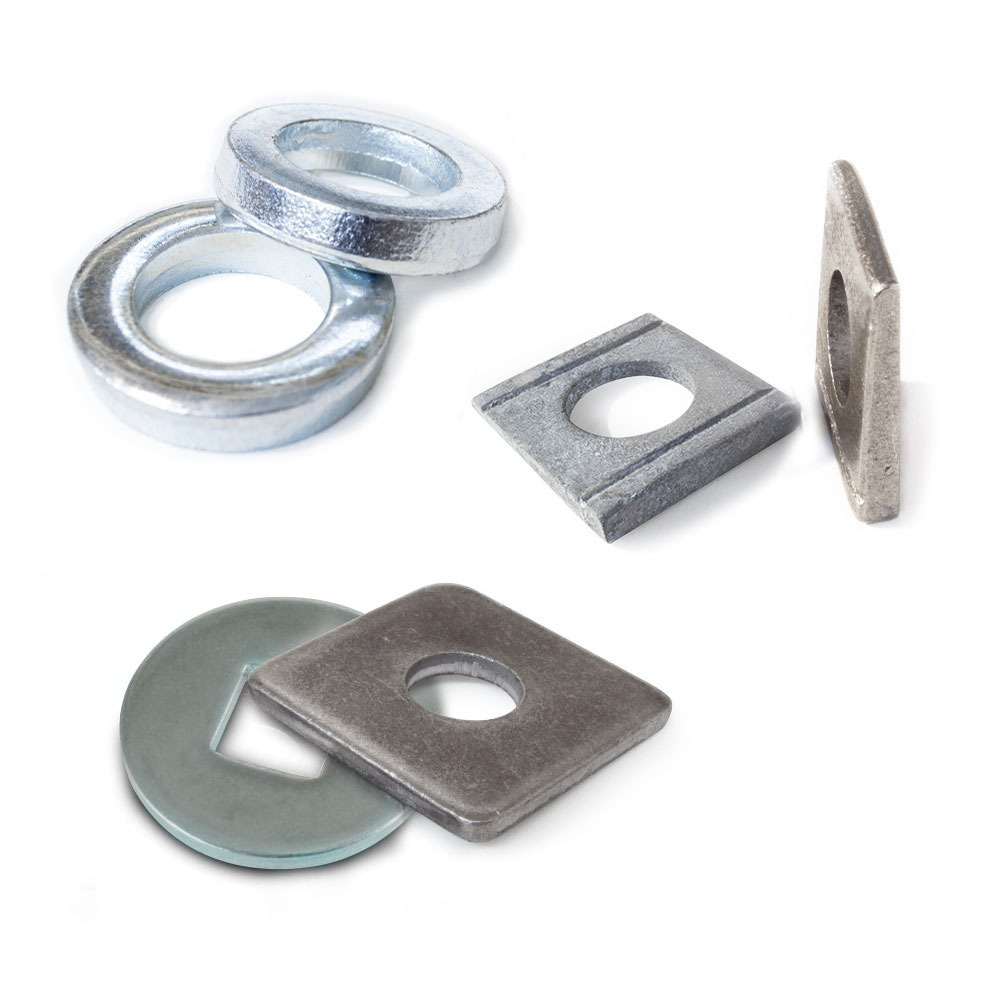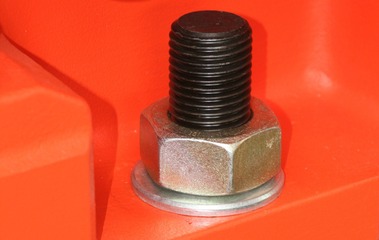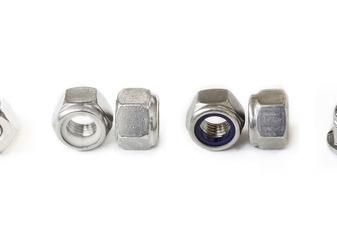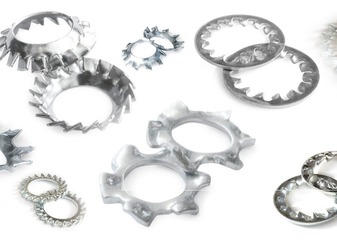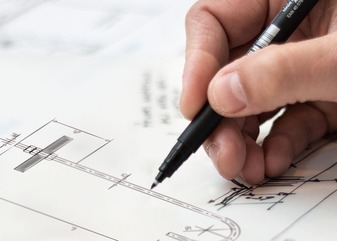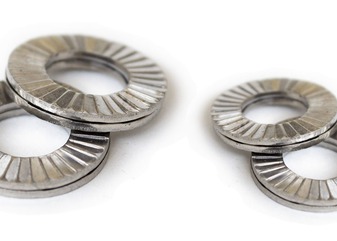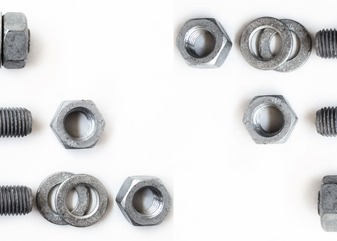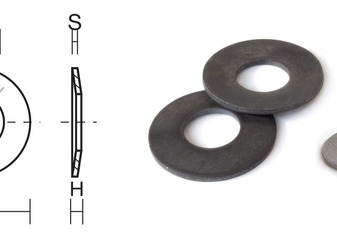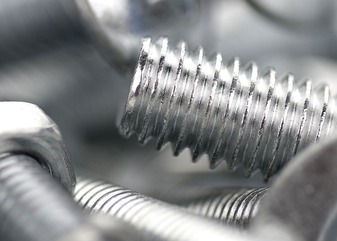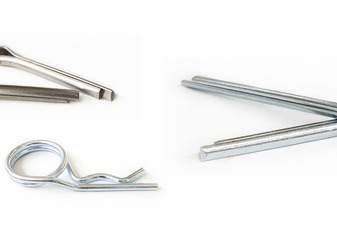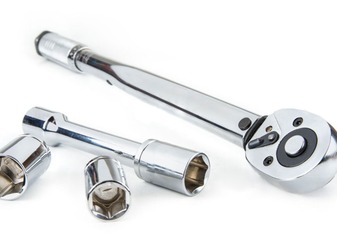Anchor bolts, also known as:
- Foundation bolts,
- Anchoring bolts, or
- Foundation ties,
are elements used in various sectors, from construction to telecommunications, for the construction and securing of load-bearing structures.
They can be made with different head and shank shapes, with various types of materials and surface treatments.
Generally, they are manufactured according to construction drawings to ensure that the component to be produced has the necessary characteristics to support the type of load.
Foundation ties are generally composed of a threaded rod, at whose end the use of fastening devices such as nuts, washers, plates, or templates can be foreseen.
In some cases, the threaded rod can be bent into an "L", a "hook", or according to a specific angle indicated by the designer.
The ability to customize the component according to specific needs represents the ideal solution from a design standpoint.
These particulars are made of structural steel which, in some cases, depending on the intended use, can undergo heat treatments such as hot-dip galvanizing for greater protection against corrosion and atmospheric agents.
Given the widespread use in sectors, from civil and industrial constructions to telecommunications to infrastructure, these articles are accompanied by certifications such as the D.O.P. and/or the 3.1 certificate.
This serves to attest to the origin, physical, and mechanical characteristics of each article produced from a given batch of raw material.
Send us your technical drawing to request a quote!
 Added to quote
Added to quote